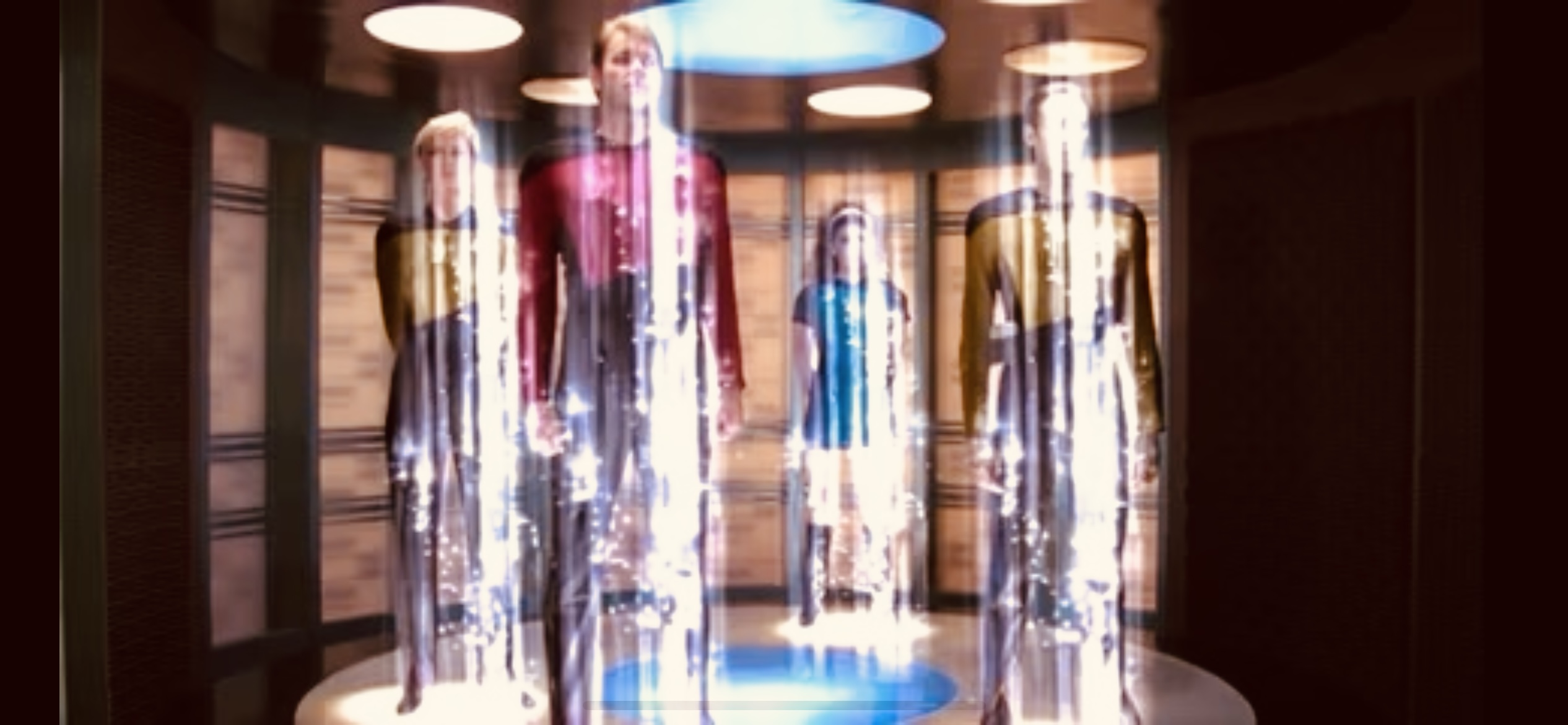Introduction
In the vast universe of Star Trek, one of the most iconic and fascinating technologies is the transporter. This marvel of science fiction allows individuals and objects to be beamed instantaneously across great distances, making interstellar travel and exploration possible. However, like any powerful innovation, transporter technology is not without its challenges and risks. In this article, we’ll delve into the inner workings of transporter technology and explore the problems it has encountered throughout the Star Trek series and movies.
How Transporter Technology Works
At the heart of transporter technology lies a complex process that enables matter to be converted into energy, transmitted as energy patterns, and then reassembled into matter at the destination. The process involves several crucial steps:
a. Scanning: The transporter scans the subject, creating a pattern of all their atoms and molecules, essentially mapping their entire molecular structure.
b. Dematerialization: The subject is broken down into subatomic particles, effectively converting them into energy.
c. Transmission: The energy pattern is beamed across space to the target location.
d. Rematerialization: At the destination, the energy pattern is reconverted back into matter, reconstructing the subject in their original form.
Common Problems and Malfunctions
Throughout the Star Trek series, transporters have faced various malfunctions and issues, leading to dramatic plotlines and moral dilemmas:
a. Transporter Malfunctions: Technical glitches can cause unintended consequences, such as creating duplicate copies of individuals or objects or merging multiple patterns.
b. Biological Risks: In some instances, individuals have experienced physiological alterations during transport, resulting in unusual mutations or physical anomalies.
c. Signal Interference: Transporters may fail or face difficulties when attempting to transport through high levels of interference, such as during ion storms or near strong energy fields.
d. Energy Limitations: Transporting over vast distances or through formidable barriers can require substantial energy, making transportation challenging or impossible in certain situations.
Ethical Considerations
Beyond the technical challenges, transporter technology raises profound moral and ethical questions for those who utilize it:
a. The Ship of Theseus Paradox: One philosophical quandary centers on the idea that during transport, an individual is essentially disassembled and recreated. This raises questions about personal identity and whether the recreated person is truly the same as the original.
b. Existential Concerns: Some individuals in the Star Trek universe have expressed unease about the idea of being dematerialized and the uncertainty of what happens during the transportation process.
Starfleet Precautions and Safety Protocols
As the primary users of transporter technology, Starfleet personnel are well-trained in operating transporters safely. They follow strict protocols to minimize risks and handle potential malfunctions professionally.
Conclusion
Transporter technology is undoubtedly one of the most awe-inspiring innovations in the Star Trek universe, revolutionizing space travel and exploration. However, the challenges and moral dilemmas surrounding this technology add depth and complexity to the series’ narratives. As Starfleet continues to explore the final frontier, transporter technology will remain an essential tool, though not without its share of wonders and perils. So, the next time you watch a Star Trek episode, ponder the incredible capabilities of the transporter while keeping in mind the delicate balance between its advantages and potential risks.
